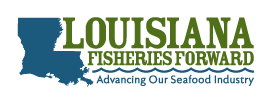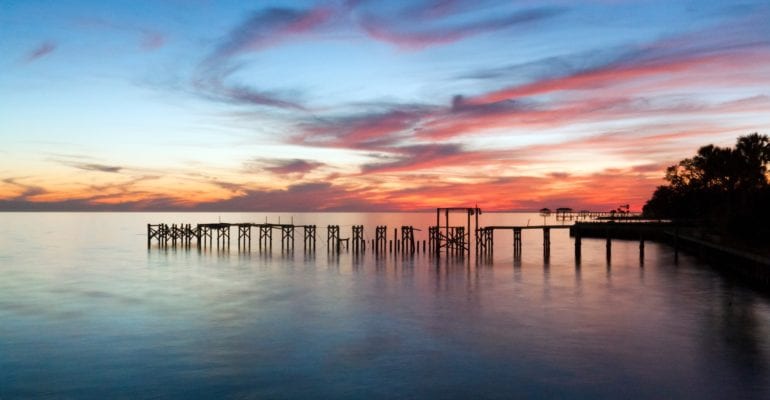Louisiana Gov. John Bel Edwards submitted a request to the U.S. Department of Commerce last week notifying the federal government that Louisiana’s fisheries are in a dire situation due to the extreme duration of high river levels. This year (2019) has been the wettest year on record in the Mississippi River Valley in the last 124 years.
This has resulted in an historic high water event on the Mississippi River and an overwhelming influx of freshwater into the state’s coastal areas for an extremely long period of time.
In order for a fisheries disaster declaration to be put in place, a specific protocol must be followed involving multiple government agencies including the Louisiana Department of Wildlife and Fisheries (LDWF), Governor’s office, U.S. Department of Commerce, NOAA Fisheries and Congress. The decision regarding who will qualify for assistance or when assistance will be available (if a fishery disaster is declared) will not be made by LDWF, rather by NOAA and Congress after a disaster is declared.
In addition to the Governor’s request, the following requirements must be met in order for Louisiana to qualify for fisheries disaster assistance:
- Fishery Sampling – LDWF has aggressively sampled commercially and recreationally important fishery species in all basins throughout the coast to document impacts and will continue to do so throughout this flooding event. After the event is over, sampling of stocks by LDWF biologists, and monitoring of landings and effort from commercial and recreational fisheries will continue.
- Develop Impact Statement – LDWF will utilize the collected biological monitoring data, as well as commercial and recreational landings data, to prepare an overall impact assessment. This full assessment will include all of Louisiana’s commercial and recreational species, throughout all basins along the coast, and all sectors of the fishing community. A full assessment will not be complete for several months, as we are still in the midst of this historic flood event. Submitting the impact statement too early may jeopardize our potential for maximum assistance.
- NOAA Assessment – The impact assessment will be used, if data show a significant impact, as part of the application to the U.S. Department of Commerce and the National Oceanic and Atmospheric Administration for a declaration of a federal fisheries disaster. The application could include all the various species, basins and fishing industry sectors for which an impact can be documented.
- Funding Appropriated – If NOAA concurs with the Louisiana application, they will provide their concurrence to Congress for consideration. Congress has the authority to act on their own to appropriate assistance for a fishery disaster but typically relies on a decision by NOAA.
Frequently asked questions regarding fishery disaster assistance, including who may qualify, can be found at https://www.fisheries.noaa.gov/insight/frequent-questions-fishery-disaster-assistance .
Download a quick reference sheet of the fishery disaster assistance process produced by Louisiana Sea Grant’s Law & Policy Program: Fishery Disaster Declarations.
The Louisiana Department of Wildlife and Fisheries is charged with managing and protecting Louisiana’s abundant natural resources. For more information, visit us at www.wlf.la.gov. To receive recreational or commercial fishing email and text alerts, signup at http://www.wlf.la.gov/signup.





